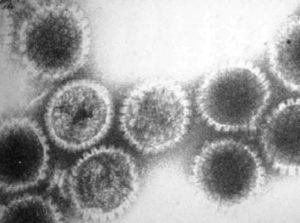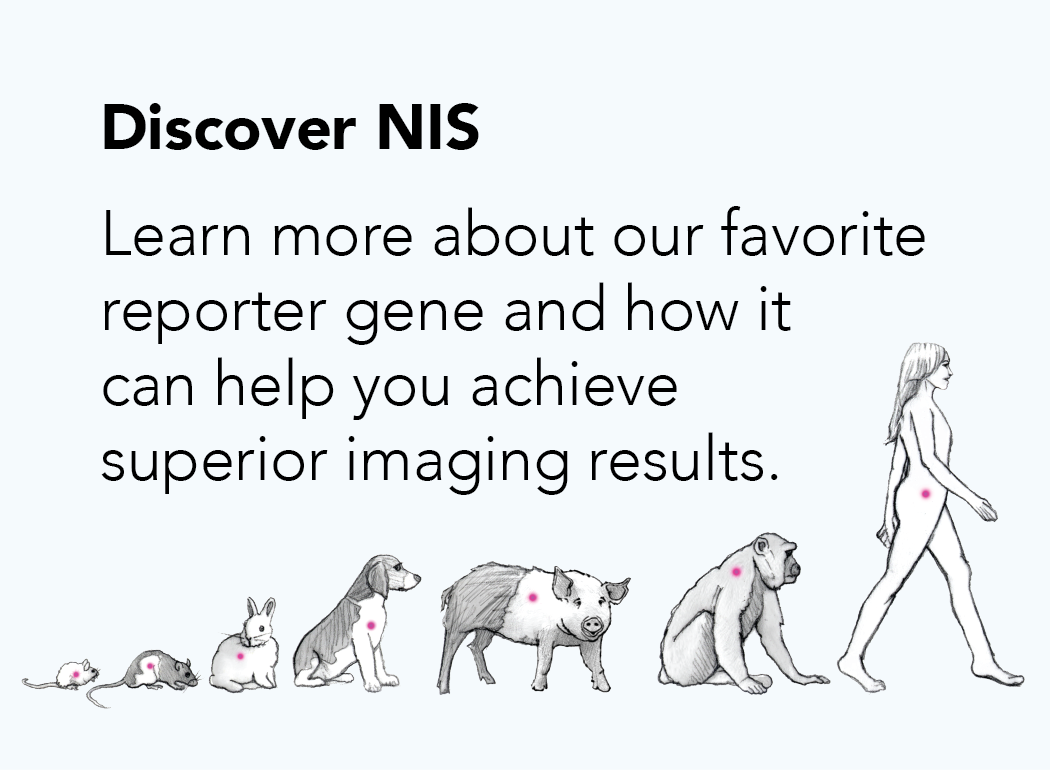Herpes Simplex Virus
Description
 Herpes simplex virus-1 (HSV-1) is an enveloped, double-stranded DNA virus that has been used with modification as an oncolytic virus against a number of tumor types. Attributes of HSV-1 that are appealing as an oncolytic agent include its large, modifiable genome and its sensitivity to antiviral agents, such as ganciclovir, and its lack of host cell integration. Oncolytic herpes simplex virus type 1 (oHSV-1) is attenuated through deletion of virulence factors to make it safe for administration to cancer patients. The virus is engineered to delete both copies of ICP34.5 and disrupt the ICP6 reading frame (see diagram below). The purchased virus is ready to use for generation of new viral stocks.
Herpes simplex virus-1 (HSV-1) is an enveloped, double-stranded DNA virus that has been used with modification as an oncolytic virus against a number of tumor types. Attributes of HSV-1 that are appealing as an oncolytic agent include its large, modifiable genome and its sensitivity to antiviral agents, such as ganciclovir, and its lack of host cell integration. Oncolytic herpes simplex virus type 1 (oHSV-1) is attenuated through deletion of virulence factors to make it safe for administration to cancer patients. The virus is engineered to delete both copies of ICP34.5 and disrupt the ICP6 reading frame (see diagram below). The purchased virus is ready to use for generation of new viral stocks.
Strain: Lab-adapted HSV-1 strain 17+
Tropism: Most cell types
Gene Map of HSV-GFP:

Proposed Uses
Standard titer stocks are ready to use for generation of new viral stocks.
Protocol Tips
Propagation: Inoculate producer cells (e.g. Vero cells) at an MOI of 0.01 for 2-3 hours. Harvest culture supernatant and cells when 80-90% of the cell monolayer is showing cytopathic effects (CPE). Freeze-thaw 3 times and clarify the supernatant by low-speed centrifugation. Centrifuge the supernatant at 12,500 rpm (14,000xg) for 1h at 4C. Gently remove supernatant and resuspend the pellet in PBS. Freeze and store aliquots at or below -70oC.
Viral Titration: Titer virus by TCID50/mL endpoint dilution assay. Score CPE positive cells based on the presence of dead cells 3 days after inoculation. Alternatively, titer viruses by plaque assay and crystal violet staining.
Regulatory Information
Risk Group: 2

